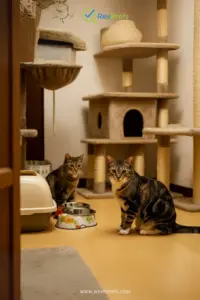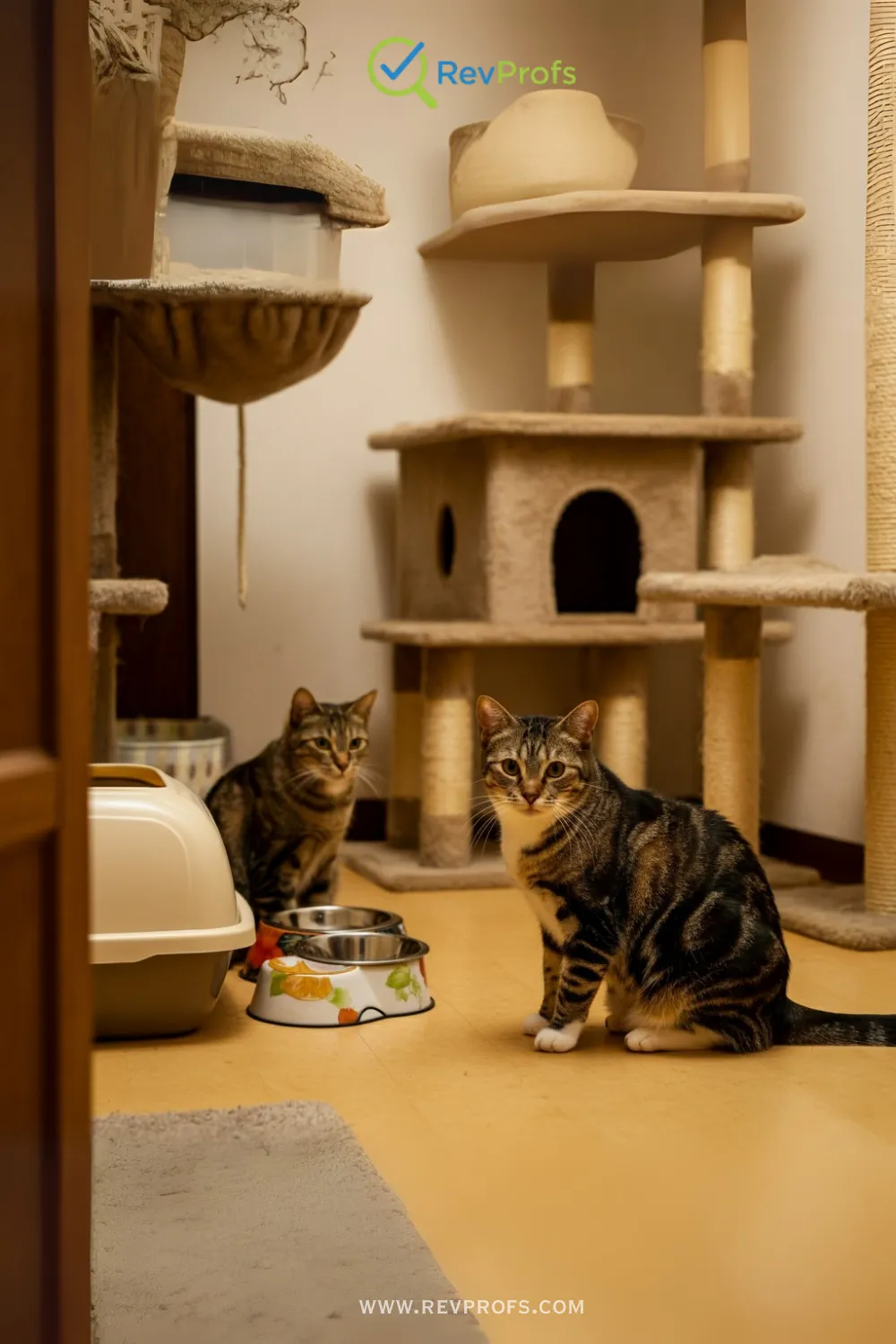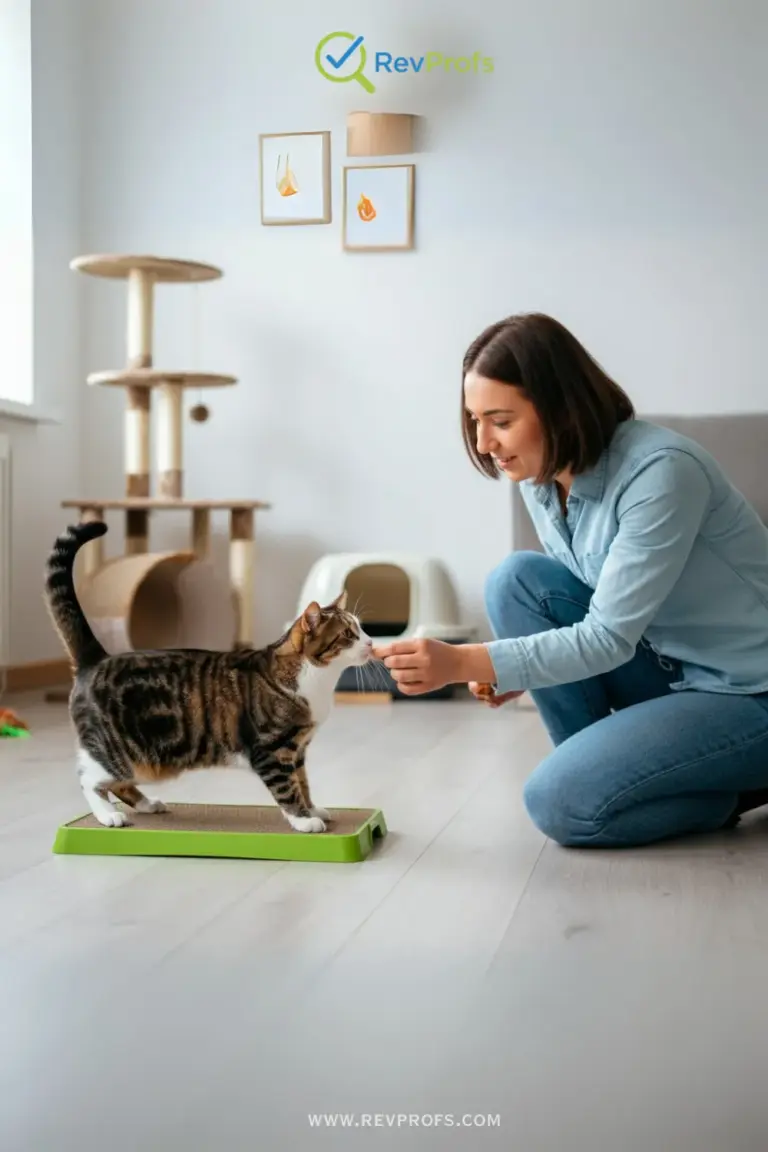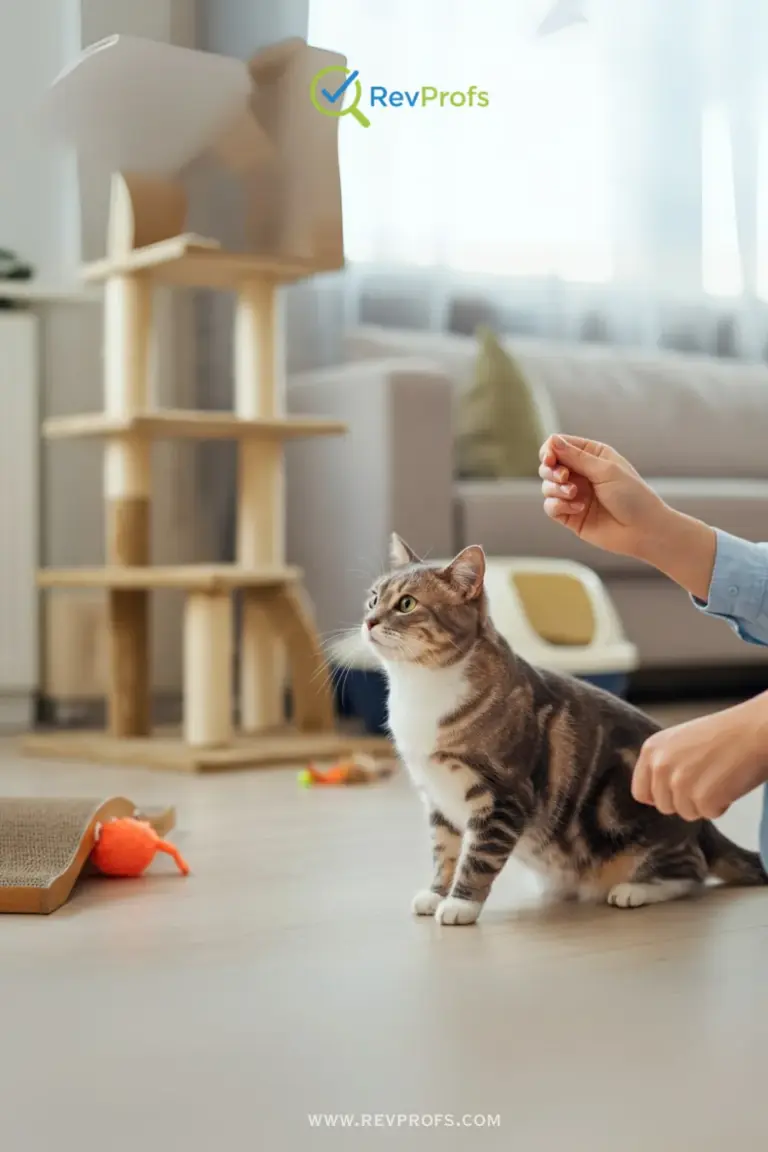How to Stop Dominant Cat Behavior: 5 Key Steps
Living with multiple cats can be a joy—double the purrs, double the love. But it can also come with challenges, especially when one cat starts acting dominant. Understanding how to address dominant cat behavior is essential for maintaining a peaceful home. With the right knowledge and approach, you can restore harmony and reduce tension between your feline companions.
Cats don’t follow strict social hierarchies like pack animals, but they do establish their own structures. What’s often labeled dominant behavior is usually a cat trying to secure resources or feel safe in its environment. This can include blocking access to food or water, monopolizing sleeping spots, or displaying aggressive behaviors. Recognizing these actions is the first step toward creating a home where all cats feel secure.
What Is Dominant Cat Behavior?
To address dominance, you first need to understand it. For cats, dominance isn’t about being an “alpha” but about controlling access to valued resources like food, water, litter boxes, or attention. These behaviors often stem from insecurity or competition over scarce resources.
Common signs of dominance include:
- Resource Guarding: Preventing another cat from accessing food, water, or litter boxes.
- Staring and Stalking: Intimidating body language used to assert control.
- Hissing, Swatting, or Chasing: Aggressive actions intended to make another cat back off.
- Claiming Territory: Consistently occupying prized spots like high perches, cozy beds, or your lap.
It’s important to distinguish dominance from play. Play is mutual, with cats taking turns chasing and pouncing, while dominance is one-sided and can leave the other cat stressed or withdrawn.
How to Address Dominant Cat Behavior
The goal isn’t to punish the assertive cat but to create an environment that minimizes competition and fosters positive interactions. Here’s how to help your cats coexist peacefully:
1. Provide Extra Resources
Competition over resources is the main cause of conflict in multi-cat households. To prevent this, follow the “one per cat, plus one” rule.
- Food and Water Stations: Place multiple feeding and water stations in open, accessible areas to prevent ambushing.
- Litter Boxes: Provide one litter box per cat, plus an extra, and distribute them in different locations to avoid guarding behavior.
- Vertical Space: Offer ample climbing options, such as cat trees and shelves, to give each cat personal space.
- Resting Spots: Ensure there are enough beds and safe napping areas for each cat to feel secure.
By ensuring plenty of resources, you reduce competition and the need for dominance.
2. Separate and Reintroduce Cats
If tensions are high, a reset may be necessary. Separating and gradually reintroducing cats can help rebuild their relationship.
- Total Separation: Keep cats in separate rooms with their own food, water, litter box, and toys. Avoid direct contact at first.
- Scent Swapping: Exchange bedding or use a cloth to transfer scents between cats to help them adjust to each other.
- Barrier Introductions: Use a baby gate or cracked door to let them see each other while creating positive associations, like feeding them nearby.
- Supervised Interactions: Allow short, positive interactions under supervision, using treats or toys to reinforce good behavior.
This process can take time—weeks or even months—but it helps create a foundation for a healthier dynamic.

3. Encourage Positive Associations
Help your cats associate each other with good experiences rather than stress or competition.
- Treat Time Together: Reward both cats with treats when they’re calm and sharing space. Keep treats separate if needed.
- Play Sessions: Use two toys to engage both cats simultaneously, redirecting their energy into fun activities.
- Group Attention: If both cats enjoy petting, sit between them and give attention to each one equally.
Watch for signs of stress, such as tail flicking or flattened ears, and give them breaks if needed.
4. Build Confidence in the Timid Cat
A shy or fearful cat often triggers dominance from the more confident one. Boosting the timid cat’s confidence can help change the dynamic.
- Dedicated Playtime: Spend individual time playing with the timid cat to help them feel more secure.
- Safe Zones: Provide hiding spots or high perches where the timid cat can retreat without fear.
- Clicker Training: Teach simple tricks to build their confidence and strengthen their bond with you.
When both cats feel safe and secure, interactions are less likely to escalate into conflict.
5. Seek Professional Help if Needed
If conflicts persist or worsen, consult a certified cat behaviorist or veterinary behaviorist. Signs like constant aggression, hiding, or injuries may require expert guidance. Seeking help shows your commitment to your cats’ well-being.
Creating a peaceful multi-cat household is achievable with patience and the right strategies. By managing resources, fostering positive interactions, and addressing insecurities, you can help your cats coexist happily—and maybe even become friends.
Setting Up a Cat-Friendly Environment
A harmonious home starts with an environment where every cat feels safe. Provide plenty of elevated spots, hiding areas, and quiet spaces for alone time. Cats love vertical spaces, so consider adding cat trees or shelves to give them safe vantage points.
Enrichment is also key. Interactive toys, puzzle feeders, and regular playtime keep your cats mentally and physically stimulated, reducing conflict. Rotate toys to maintain interest, and spend time engaging with each cat individually.
Lastly, ensure resources like food bowls, litter boxes, and scratching posts are abundant and well-placed to prevent competition. A little effort in setting up a balanced environment goes a long way in promoting peace among your furry companions.
Consistency in routines can also play a critical role in maintaining harmony among your pets. Cats and dogs thrive on predictable schedules, so feeding, playtime, and quiet time should follow a regular pattern. This helps reduce anxiety and prevents conflicts stemming from sudden changes in their environment.
Additionally, monitoring their health closely is essential. Regular veterinary check-ups ensure any underlying medical issues—such as pain or age-related conditions—that could contribute to aggression or behavioral changes are addressed promptly. Healthy pets are happier, more balanced, and better equipped to coexist peacefully.
Finally, never underestimate the power of positive reinforcement. Reward good behavior with treats, praise, or affection to encourage your pets to interact calmly and respectfully with one another. Over time, with patience and understanding, your multi-pet household can become a haven of companionship and love.
Frequently Asked Questions: Managing Dominant Cat Behavior
1. What does “dominant cat behavior” actually mean? Is my cat being a bully?
What we often call dominant cat behavior isn’t about your cat trying to be a mean-spirited bully. It’s usually a sign of insecurity. A “dominant” cat is often a confident cat trying to control access to resources it values—like food, water, litter boxes, or your attention—to make sure it feels safe and secure. These actions, like blocking another cat from the food bowl or hissing, are driven by instinct, not malice. The goal is to help them feel so secure that they no longer feel the need to guard everything.
2. How can I stop one cat from guarding the food bowl and picking on my other cat?
The best way to reduce conflict in a multi-cat household is to create an environment of abundance. This removes the competition for resources.
- Create multiple feeding stations: Place food and water bowls in several different locations around your home. This makes it impossible for one cat to guard all the food at once.
- Add more resources: Follow the “one per cat, plus one” rule for litter boxes. Also, make sure there are plenty of cat trees, beds, and toys so there’s nothing to fight over.
- Reward peace: When you see your cats sharing a space calmly, offer them both treats to create a positive association with being together.
3. The tension between my cats is really high. Should I just let them “fight it out”?
No, you should never let cats “fight it out.” This can lead to serious injury and will only deepen their fear and dislike for each other. If the cat aggression is high, the best thing to do is a “reset.” Separate the cats completely into different rooms and re-introduce them very slowly, as if they’ve never met. This process involves scent swapping, feeding on opposite sides of a closed door, and then supervised visits. It takes patience, but it’s the most effective way to change their relationship for the better.
4. Can I help my timid cat stand up for itself?
Absolutely! Building up the confidence of the more timid cat can completely change the dynamic. A fearful cat that runs away can trigger the other cat’s chase instinct. You can foster confident cat behavior by:
- Having one-on-one playtime: Spend dedicated time playing with your shy cat to build their confidence and strengthen your bond.
- Providing safe escape routes: Make sure they have easy access to high perches or hiding spots where they can retreat and feel safe.
- Using positive reinforcement: Reward your timid cat for any brave or confident behavior, no matter how small.
Ready for the Next Step?
Your pet's journey doesn't end here. Explore our expert guides to ensure they get the best care at every stage.
Puppy & Dog Care
From choosing the right food to understanding their behavior, our dog care guides cover everything you need to know.
Explore Dog GuidesGear & Product Reviews
Find honest, in-depth reviews on the latest pet gear, from smart collars to durable toys, and make informed decisions.
See All Reviews



